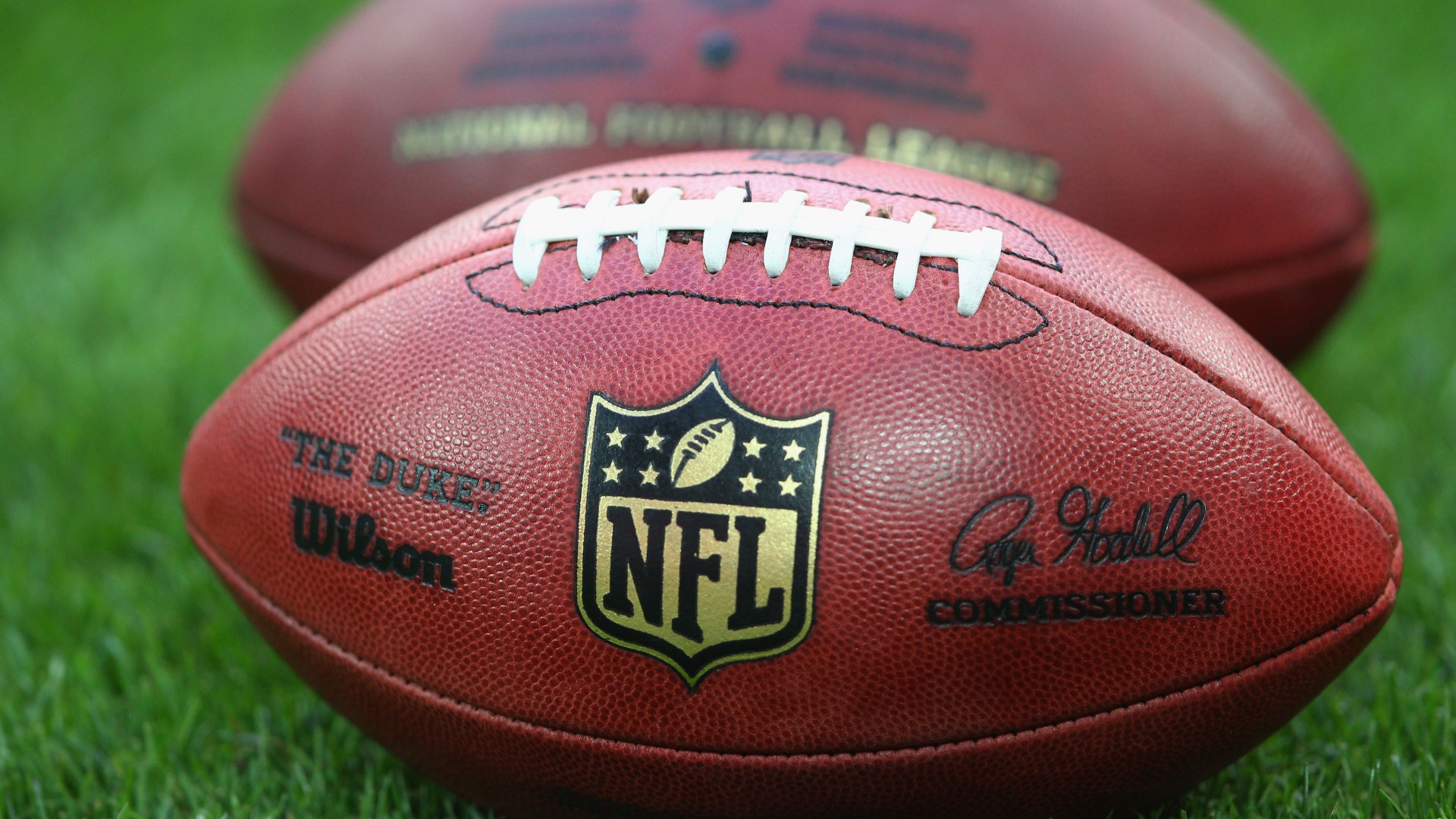
The Pitch Revolutionized: A Football Analytics Glossary for 2025
The beautiful game has always been about passion, skill, and unpredictable moments of brilliance. Yet, beneath the surface of roaring crowds and dazzling dribbles, a silent revolution has been unfolding: the rise of football analytics. In 2025, data is no longer a niche tool for a few forward-thinking clubs; it’s the bedrock of elite performance, recruitment, tactical planning, and player development across the globe.
From the top-tier leagues to ambitious academies, sophisticated metrics and AI-driven insights are transforming how the game is understood and played. This isn’t just about tracking passes or shots anymore; it’s about understanding the why behind every action, predicting future outcomes, and optimizing every facet of a club’s operation.
This glossary provides a look into the essential terminology and concepts that define football analytics in 2025, reflecting the advancements in data collection, processing, and application that are shaping the sport’s future.
I. Core Performance Metrics: Beyond the Basics
While Expected Goals (xG) and Progressive Passes remain foundational, 2025 sees these metrics refined and integrated into more complex models, offering deeper contextual understanding.
-
Contextual Expected Goals (C-xG):
- Definition: An evolution of xG that incorporates additional real-time game state variables beyond just shot location and type. C-xG models now factor in defender density around the shooter, goalkeeper positioning, player fatigue levels, the immediate tactical phase (e.g., counter-attack vs. sustained possession), and even pre-shot movement patterns (e.g., off-ball runs creating space).
- Application: Provides a more accurate assessment of shot quality, helping coaches understand not just if a chance was good, but why it was good or poor given the intricate context of the play. Essential for precise finishing drills and tactical adjustments.
-
Pressing Efficacy Ratio (PER):
- Definition: A refined metric for evaluating a team’s pressing intensity and success. Unlike simple PPDA (Passes Per Defensive Action), PER integrates factors like opponent pass quality, ball recovery location relative to goal, immediate tactical advantage gained post-recovery, and the energy expenditure of the pressing players.
- Application: Quantifies the effectiveness of high-press or mid-block strategies, allowing coaches to optimize pressing triggers, player roles within the press, and recovery runs based on data-driven insights into opponent vulnerabilities.
-
Possession Quality Index (PQI):
- Definition: Moves beyond mere possession percentage to assess the value of ball retention. PQI evaluates passes and carries based on their contribution to advancing play into dangerous areas, breaking defensive lines, creating space, or maintaining control under pressure, rather than just retaining possession in safe zones.
- Application: Helps teams understand if their possession is purposeful and penetrative or merely sterile. Guides tactical decisions on build-up play, risk-taking in possession, and identifying players who consistently make high-value contributions on the ball.
II. Tactical Intelligence & Game State Analytics
The ability to analyze and predict tactical shifts and game states in real-time is paramount for in-game coaching and pre-match planning.
-
Game State Transition Probability (GSTP):
- Definition: Utilizes machine learning to predict the likelihood of a specific game state transition (e.g., from defensive block to counter-attack, or from sustained possession to a defensive transition) based on current field positioning, player actions, and historical data patterns.
- Application: In-game coaching staff use GSTP to anticipate opponent moves, pre-emptively adjust formations, or make substitution decisions. For players, it sharpens their decision-making under pressure by highlighting probable next phases of play.
-
Defensive Block Cohesion (DBC):
- Definition: A metric that quantifies the spatial compactness and coordinated movement of a team’s defensive unit. It assesses factors like average distance between defensive players, synchronized lateral and vertical shifts, and the speed of recovery to optimal shape after being breached.
- Application: Crucial for evaluating defensive training drills and understanding how well a team maintains its shape under different types of offensive pressure. Highlights individual players whose positioning or movement might compromise the collective defensive structure.
-
Set-Piece Optimisation Algorithm (SPOA):
- Definition: An AI-driven tool that analyzes vast databases of set-piece outcomes (corners, free-kicks) to recommend optimal delivery types, player movements, and defensive assignments. It considers opponent defensive setups, player heights, jumping reach, and historical success rates.
- Application: Provides actionable insights for coaches to design highly effective offensive set-pieces and robust defensive strategies, turning dead-ball situations into significant strategic advantages.
III. Player Profiling & Recruitment: The Future of Talent ID
Recruitment in 2025 is a highly sophisticated, data-driven process, minimizing risk and maximizing talent identification.
-
Player Archetype Mapping (PAM):
- Definition: Uses clustering algorithms and advanced statistical analysis to categorize players into distinct archetypes based on their entire statistical footprint (technical, physical, tactical, and even psychological traits derived from behavioral data). This goes beyond simple positions (e.g., "Deep-lying Playmaker" vs. "Box-to-Box Midfielder" vs. "Pressing Midfielder").
- Application: Helps clubs identify specific player profiles needed to complement their existing squad and tactical philosophy. Reduces the subjectivity in scouting by providing objective comparisons between potential recruits and desired player molds.
-
Transfer Value Prediction (TVP):
- Definition: A predictive model that estimates a player’s market value based on performance metrics, age, contract length, injury history, media presence, league strength, and the economic climate of the transfer market. Machine learning models continuously learn from historical transfer data.
- Application: Arms sporting directors and recruitment teams with objective data to negotiate transfer fees, identify undervalued assets, and project future player values, ensuring smarter investment decisions.
-
Cognitive Load Assessment (CLA):
- Definition: Utilizes biometric sensors and sometimes eye-tracking data to measure a player’s mental fatigue and decision-making capacity during training and matches. It assesses reaction times, spatial awareness under pressure, and the speed of processing complex tactical information.
- Application: Helps coaches manage player workload more holistically, identifying when players are mentally fatigued before physical symptoms appear. Valuable for individualizing training intensity and optimizing player performance peaks.
IV. Emerging Technologies & Predictive Analytics
The integration of AI, machine learning, and advanced sensor technology is pushing the boundaries of what’s possible in football analytics.
-
Biometric Load Management (BLM):
- Definition: Real-time monitoring of a player’s physiological responses (heart rate variability, muscle oxygenation, lactic acid thresholds, sleep patterns, stress markers) through wearable technology and integrated smart facilities. AI algorithms then predict injury risk and optimal recovery protocols.
- Application: Revolutionizes injury prevention and rehabilitation. Allows medical and performance staff to tailor training loads, nutrition, and recovery strategies to individual player needs, significantly reducing time lost to injury.
-
AI-Driven Match Simulation:
- Definition: Sophisticated AI models that can simulate entire matches or specific tactical scenarios based on a vast database of historical game data, player attributes, and coaching instructions. These simulations predict outcomes, identify tactical vulnerabilities, and test new strategies without live play.
- Application: Coaches can "play" out different tactical approaches against specific opponents, evaluate the impact of substitutions, or even simulate injury scenarios. It’s a virtual laboratory for tactical innovation and strategic planning.
-
VR Tactical Immersion (VRTI):
- Definition: Utilizes virtual reality environments to immerse players in game situations, allowing them to practice tactical decision-making, spatial awareness, and communication without physical exertion. Players can experience scenarios from different perspectives (e.g., their own, an opponent’s, or an aerial view).
- Application: Accelerates tactical learning, especially for new players adapting to a system or for practicing specific game-state scenarios (e.g., defending a corner in the last minute). Complements on-pitch training by providing a risk-free, repeatable learning environment.
V. Advanced Contextual & Causal Metrics
These metrics aim to move beyond describing what happened to explaining why it happened and quantifying individual contributions more accurately.
-
Opportunity Creation Value (OCV):
- Definition: A metric that quantifies a player’s contribution to creating goal-scoring opportunities, even if they don’t directly provide the assist. It factors in actions like pre-assists, line-breaking passes, successful dribbles that eliminate defenders, and off-ball runs that create space for teammates, all weighted by their impact on increasing the xG of subsequent actions.
- Application: Provides a more holistic view of offensive impact, recognizing the crucial role of players who might not always register assists but are vital in breaking down defenses and initiating dangerous attacks.
-
Defensive Responsibility Index (DRI):
- Definition: Assesses an individual player’s defensive contribution by analyzing their impact on reducing opponent xG, preventing progressive play, and maintaining defensive shape. It accounts for their specific tactical role, the areas they are responsible for covering, and the quality of opponent attacks faced.
- Application: Moves beyond simple tackles or interceptions to truly evaluate a defender’s strategic value, highlighting players who consistently make smart decisions, cover space effectively, and nullify threats before they escalate.
-
Decision-Making Efficiency (DME):
- Definition: A comprehensive metric that evaluates the quality and speed of a player’s decisions on the ball and off the ball. It compares actual player actions to optimal actions suggested by AI models for a given situation, considering factors like pass choice, dribble timing, shot selection, and movement without possession.
- Application: Provides targeted feedback for player development, identifying areas where a player consistently makes suboptimal choices under pressure. Helps coaches tailor training to improve specific decision-making scenarios.
Conclusion: The Human Element in a Data-Driven World
In 2025, football analytics is not just a collection of numbers; it’s a dynamic ecosystem of insights that empowers coaches, players, and decision-makers. The terms in this glossary reflect a game that is increasingly understood through data, allowing for unparalleled precision in tactical planning, player development, and talent identification.
However, it’s crucial to remember that analytics serves to enhance, not replace, the human element. The intuition of an experienced coach, the spark of individual genius, and the unquantifiable spirit of a team remain vital. Data provides the canvas and the colors, but it’s the artistry of the players and the vision of the coaching staff that truly paint the beautiful game. As we move further into this data-rich era, the most successful clubs will be those that master the art of integrating cutting-edge analytics with the timeless essence of football.



